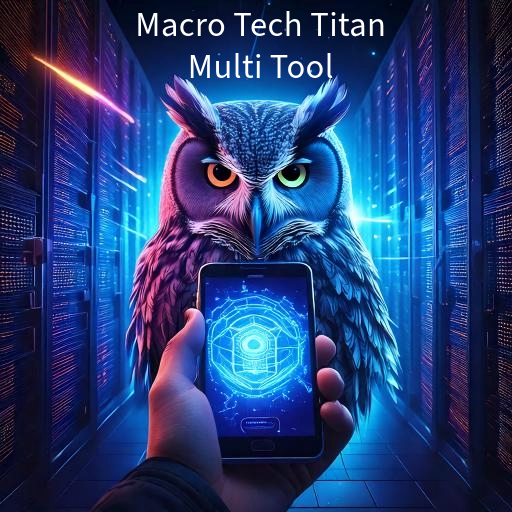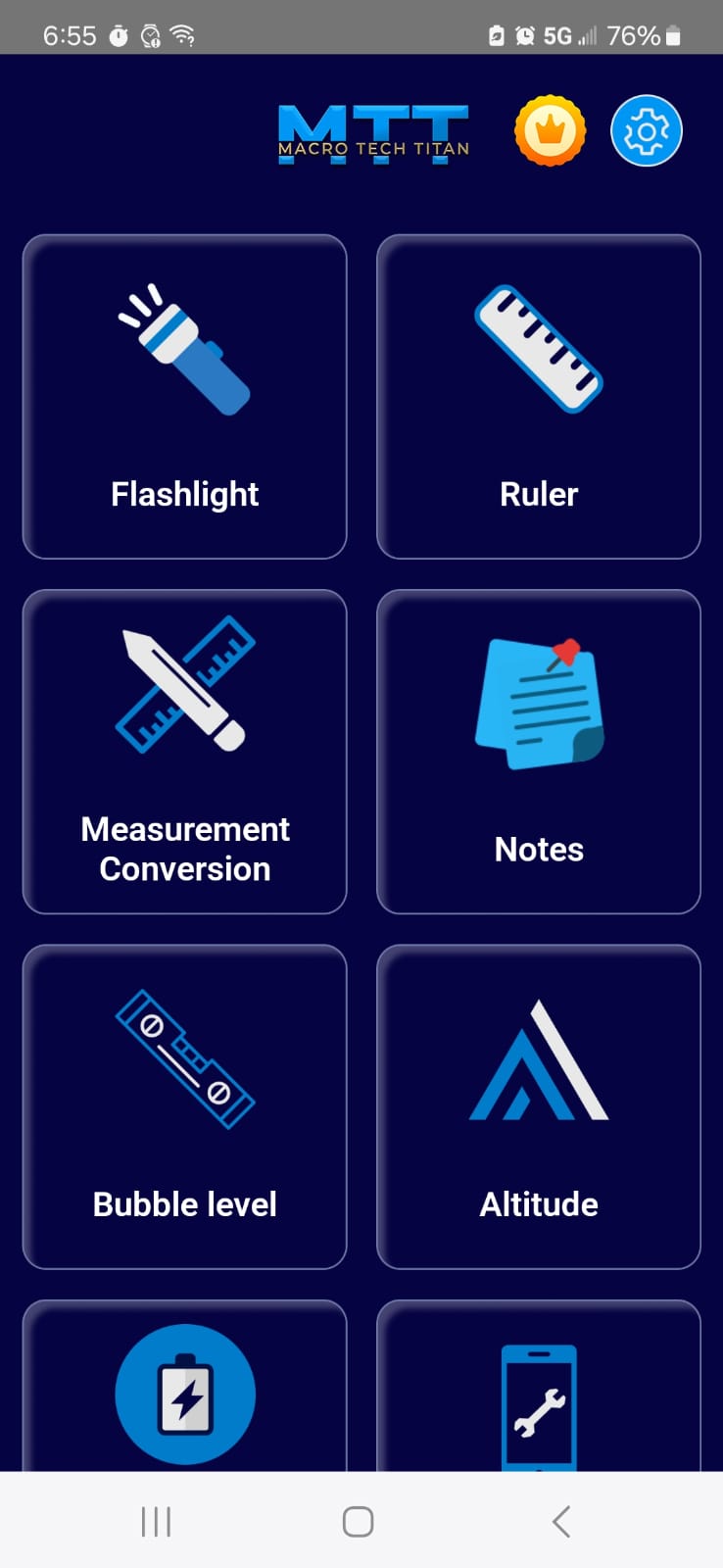The Benefits of Using Artificial Intelligence
Artificial Intelligence (AI) has become a cornerstone of modern progress, reshaping industries, economies, and daily life. From automating mundane tasks to solving complex global challenges, AI’s benefits are vast and multifaceted. Below, I explore the primary advantages of AI across various domains, highlighting its transformative potential while keeping the discussion grounded and practical.
1. Enhanced Efficiency and Productivity
One of AI’s most immediate benefits is its ability to streamline processes and boost productivity. AI systems excel at automating repetitive, time-consuming tasks, freeing up human resources for more creative and strategic work. In industries like manufacturing, AI-powered robots handle assembly lines with precision, reducing errors and speeding up production. For example, companies like Tesla use AI-driven automation to optimize their Gigafactories, producing thousands of electric vehicles with minimal human intervention.
In the workplace, AI tools like virtual assistants and workflow management systems cut down on administrative overhead. Software such as Grammarly or Microsoft’s Copilot uses AI to assist with writing, editing, and coding, saving hours of manual effort. A 2023 study by McKinsey estimated that AI could automate up to 30% of current jobs’ tasks, potentially adding $15.7 trillion to the global economy by 2030 through productivity gains.
Beyond automation, AI optimizes complex systems. In logistics, companies like Amazon use AI algorithms to predict demand, optimize delivery routes, and manage inventory, reducing costs and improving delivery times. These efficiencies ripple across supply chains, benefiting businesses and consumers alike.
2. Driving Innovation and Problem-Solving
AI is a catalyst for innovation, enabling breakthroughs in fields that were once thought intractable. In healthcare, AI accelerates drug discovery by analyzing vast datasets to identify potential compounds. For instance, DeepMind’s AlphaFold solved the decades-old problem of protein folding, predicting protein structures with unprecedented accuracy, which could lead to new treatments for diseases like Alzheimer’s.
In environmental science, AI models analyze climate data to predict weather patterns, optimize renewable energy grids, and mitigate natural disasters. IBM’s AI-driven Green Horizon project, for example, helps cities forecast air pollution and adjust energy usage in real time, contributing to sustainability goals.
AI also fosters creativity in unexpected ways. Generative AI tools like DALL·E or Midjourney create art, music, and literature, inspiring artists and democratizing creative expression. These tools don’t replace human creativity but augment it, offering new ways to explore ideas and collaborate.
3. Personalization at Scale
AI’s ability to analyze massive datasets enables hyper-personalized experiences, tailoring services to individual preferences. In e-commerce, platforms like Netflix and Spotify use AI recommendation systems to suggest content based on user behavior, increasing engagement and satisfaction. Netflix’s recommendation engine, for instance, accounts for over 80% of the content users watch, driving retention and revenue.
In education, AI-powered platforms like Duolingo adapt lessons to a learner’s pace and style, improving outcomes. A 2024 report by the World Economic Forum noted that personalized learning powered by AI could close educational gaps, particularly in underserved regions where access to quality teaching is limited.
Healthcare also benefits from personalization. AI-driven diagnostic tools, like those used in radiology, analyze medical images to detect conditions like cancer with high accuracy, tailoring treatment plans to individual patients. Wearable devices powered by AI, such as Fitbits, provide personalized health insights, encouraging proactive wellness.
4. Improved Decision-Making
AI enhances decision-making by processing and analyzing data at speeds and scales beyond human capability. In finance, AI algorithms detect fraudulent transactions in real time, saving billions annually. JPMorgan Chase’s COiN platform, for example, uses AI to review legal documents, completing tasks in seconds that once took thousands of hours.
In public policy, AI models simulate economic scenarios, helping governments craft effective interventions. During the COVID-19 pandemic, AI tools predicted infection rates and optimized vaccine distribution, informing critical decisions. BlueDot, an AI platform, even identified the outbreak in Wuhan before official reports, showcasing AI’s potential for early warning systems.
Businesses leverage AI for strategic insights. Tools like Salesforce’s Einstein AI analyze customer data to predict trends, enabling companies to make data-driven decisions about marketing, sales, and product development. This reduces guesswork and aligns resources with market demands.
5. Accessibility and Inclusion
AI democratizes access to services and opportunities, making technology more inclusive. For individuals with disabilities, AI-powered tools like speech-to-text software or real-time sign language translation break down communication barriers. Google’s Lookout app, for instance, uses AI to describe surroundings for visually impaired users, enhancing independence.
In developing regions, AI bridges gaps in infrastructure. Mobile-based AI tools provide farmers with crop disease diagnostics or market price predictions, boosting agricultural yields. M-Pesa, a mobile payment platform in Africa, uses AI to assess creditworthiness, extending financial services to millions without traditional banking access.
Language translation AI, like Google Translate, fosters global communication by breaking down linguistic barriers. This not only aids travel and business but also promotes cultural exchange, making the world more connected.
6. Cost Reduction and Scalability
AI reduces costs by automating processes and optimizing resources. In customer service, AI chatbots handle routine inquiries, reducing the need for human agents. A 2024 Gartner report estimated that businesses using AI chatbots could save $80 billion in labor costs annually by 2026.
In energy, AI optimizes consumption, lowering bills for households and businesses. Smart grids use AI to balance supply and demand, reducing waste. For startups and small businesses, AI tools level the playing field, offering affordable access to advanced analytics, marketing automation, and cybersecurity that were once exclusive to large corporations.
AI’s scalability is another advantage. Cloud-based AI solutions allow organizations to deploy sophisticated systems without massive upfront investments in hardware or expertise. This scalability benefits everyone from individual entrepreneurs to global enterprises.
7. Enhancing Safety and Security
AI strengthens safety across multiple domains. In cybersecurity, AI detects and responds to threats faster than traditional methods. Darktrace’s AI platform, for example, identifies unusual network activity in real time, preventing data breaches. In physical safety, AI-powered surveillance systems in smart cities monitor for accidents or crimes, improving response times.
Autonomous vehicles, guided by AI, promise to reduce traffic accidents caused by human error. While still in development, companies like Waymo have logged millions of miles with fewer incidents than human drivers, suggesting a safer future for transportation.
In disaster response, AI predicts and mitigates risks. Drones equipped with AI assess damage in hard-to-reach areas, guiding rescue efforts. During wildfires, AI analyzes satellite imagery to predict fire spread, helping firefighters allocate resources effectively.
8. Accelerating Education and Skill Development
AI transforms education by making learning more accessible and efficient. Platforms like Coursera use AI to recommend courses based on career goals, while tools like Quizlet generate personalized study aids. For educators, AI automates grading and provides insights into student performance, allowing for targeted interventions.
In professional settings, AI-driven reskilling programs address workforce gaps. As automation reshapes industries, AI helps workers learn new skills through tailored training modules. LinkedIn’s AI-powered learning platform, for instance, suggests courses to align with market demands, ensuring employability.
9. Ethical and Social Good
When designed responsibly, AI can advance social good. Nonprofits use AI to optimize resource allocation, such as identifying communities most in need of aid. AI-driven initiatives like the UN’s Global Pulse analyze social media and satellite data to monitor poverty and hunger, informing humanitarian efforts.
AI also supports mental health. Apps like Woebot use conversational AI to provide therapy, offering affordable support to those who might not access traditional services. While not a replacement for professional care, these tools expand reach and reduce stigma.
Conclusion
The benefits of AI are profound, touching every aspect of society—from boosting productivity and innovation to enhancing personalization, safety, and inclusion. By automating tasks, optimizing systems, and unlocking new possibilities, AI empowers individuals, businesses, and governments to achieve more with less. However, realizing these benefits requires addressing challenges like ethical concerns, bias, and equitable access, which I can explore further if you’d like.














